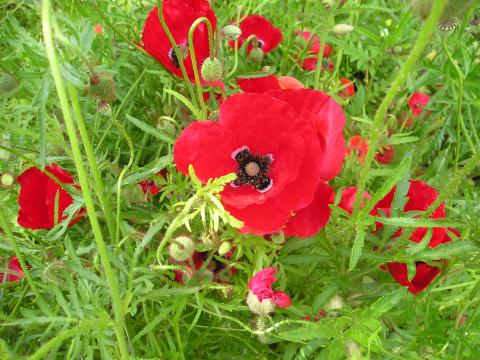The current status of herbicide-resistance in broad-leaved weeds world-wide has been reviewed and summarised in order to help predict which species are likely to evolve resistance in the UK. Herbicide resistance continues to challenge agriculture and horticulture, and is a potential threat to the industrial and amenity sectors. This review uniquely investigates the problem of herbicide resistance from the chemical and biological point of view. In the UK populations of herbicide resistant common chickweed (Stellaria media) and common poppy (Papaver rhoeas) have been identified and have therefore been selected as key species for this review, including details of population biology, ‘weediness’ and agroecology. Canadian fleabane (Conyza canadensis) is an increasing problem in the amenity sector and has therefore also been included in more detail. The Amaranth family (Amaranthus spp.) were included due to their importance globally and to identify and lessons. In summary the most important biological factors that could potentially contribute to the resistance risk include high seed production, the ‘weediness’ of a species, more than one generation per season and the presence of resistance already in a similar system. Taxonomy appears to not be relevant when predicting resistance risk in a weed species and type of pollination method was inconclusive. The most important chemical factors include herbicide mode of action, mode of use (ie. alone or mixtures and sequences, or multiple applications in a season), intrinsic activity and residual activity. Cultural control continues to have a major role to play in herbicide resistance management strategies.

This project was carried out in order to increase understanding of the risks to British agricultural and amenity sectors from existing and future cases of herbicide resistant broad leaved weeds. Prior to this project, little was known about the mechanisms of herbicide resistance in these species, and work detailing the prevalence, mechanisms, and cross resistance characteristics of several agronomically important broad leaved species formed a major part of the experimental work. A secondary objective was to raise awareness of the threat posed by herbicide resistant broad leaved weed species in several sectors through various knowledge transfer initiatives.




